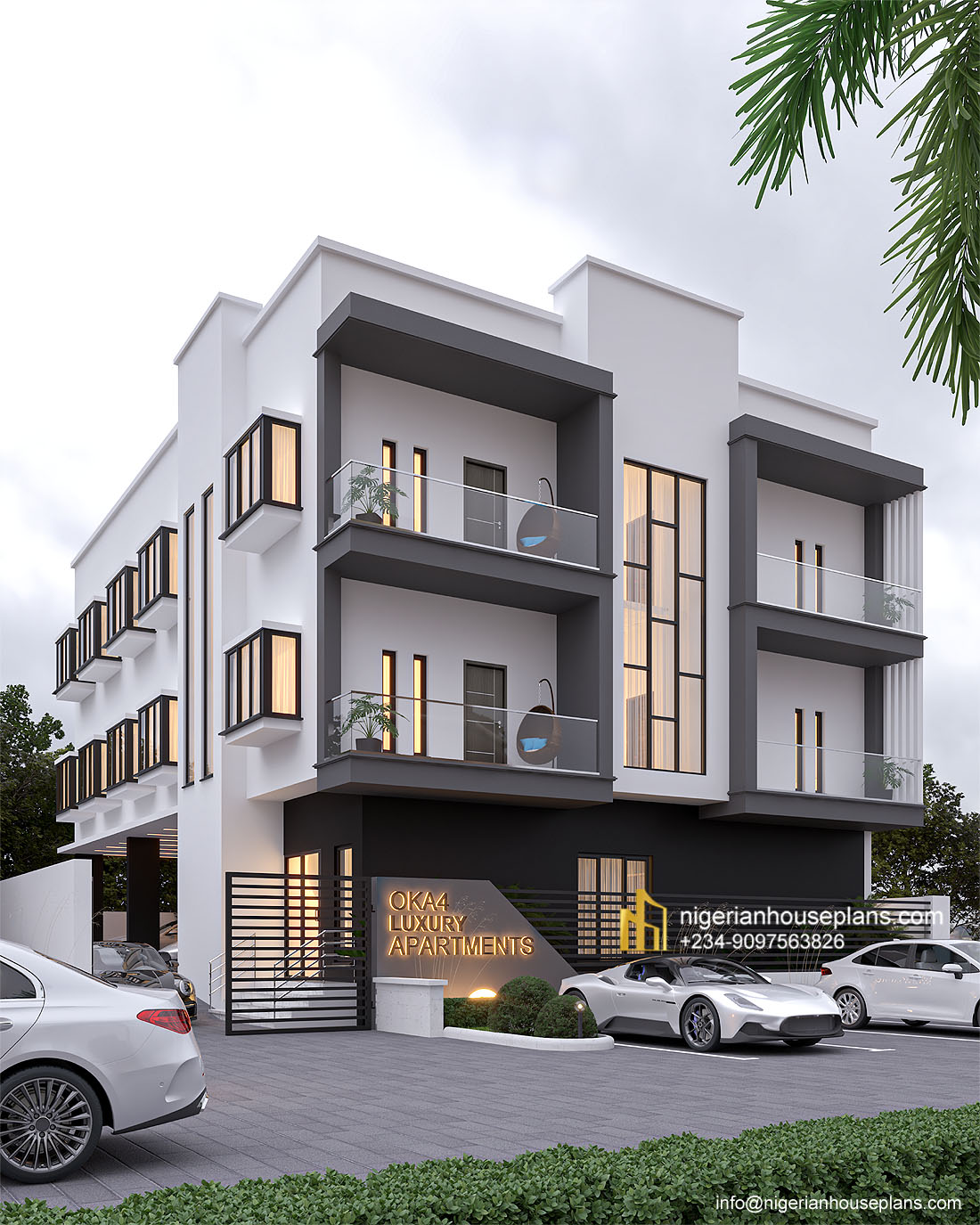Creating Sustainable Buildings with Water Efficiency in Mind
Water-efficient building design plays a crucial role in creating sustainable infrastructure for a greener future. By implementing innovative strategies, architects and engineers can significantly reduce water consumption and minimize the strain on local water resources.
Maximizing Water Efficiency through Design
One of the key principles of water-efficient building design is to maximize water efficiency through thoughtful planning. This involves incorporating features such as low-flow fixtures, dual-flush toilets, and efficient irrigation systems. By utilizing these measures, buildings can minimize water wastage and promote responsible water usage.
Additionally, capturing and reusing rainwater is an effective way to reduce reliance on traditional water sources. Installing rainwater harvesting systems can collect and store rainwater for non-potable uses like irrigation, toilet flushing, and cleaning. This not only conserves water but also helps to alleviate pressure on municipal water supplies.
Integrating Smart Technologies
Advancements in technology have paved the way for the integration of smart systems in building design. Implementing IoT (Internet of Things) devices and sensors can enable real-time monitoring of water usage, allowing for proactive leak detection and efficient water management. Smart irrigation controllers can adjust watering schedules based on weather conditions, soil moisture levels, and plant water requirements, optimizing water use in landscaping.
Furthermore, incorporating green roofs and vertical gardens can help regulate temperature, reduce stormwater runoff, and enhance water conservation. These features not only add aesthetic value to the building but also contribute to its overall sustainability by increasing biodiversity and improving air quality.
The Importance of Education and Awareness
Water-efficient building design is not only about implementing the right technologies but also about creating awareness and educating occupants about responsible water usage. Educating building occupants about water-saving practices, such as turning off faucets when not in use, fixing leaks promptly, and using water-efficient appliances, can have a significant impact on overall water consumption.
In conclusion, water-efficient building design is a crucial aspect of sustainable development. By incorporating innovative strategies, smart technologies, and promoting awareness, buildings can reduce water consumption, conserve valuable resources, and contribute to a more sustainable future.
